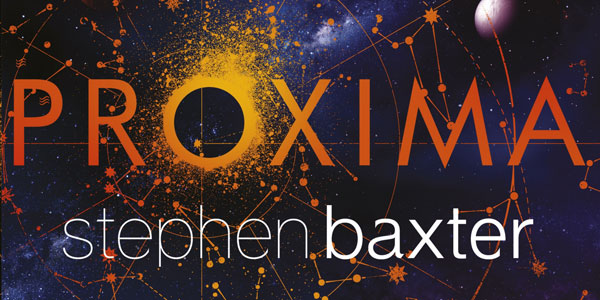

The other flaw in what is otherwise a very strong hard SF book is the reliance on a powerful alien technology, the “kernels” which enable speed of light starships and even speed of light teleport gates. Baxter tells a brutal “Botany Bay” style tale of the colonization of Per Arudua, replete with the grotesque. With a survival percentage similar to Jamestown and Plymouth Rock, with a side of Roanoke and the Donner Party thrown in, most of the people you meet are, shall we say, “short timers.” The main thing that many may find off-putting is a British tendency toward the macabre. This is not a tale of characterization, as we don’t have that much time to get to know each of the many people and AIs that dance across the stage. The technology extrapolation, with one exception I’ll describe below, is excellent, and includes a very nice envisioning of Robert Forward’s Starwisp interstellar solar sail.

The medium-term extrapolation of a solar system split between a US-led UN and a Chinese Empire feels real, as does their differing technology paths and their ruthless struggle to both settle Per Arudua and control the home solar system. Proxima’s planets, especially Per Arudua, the target of colonization, are marvels of SF world building, fresh and original. The interactions between the humans and the AIs are done especially well, and the reader feels as much sympathy for the machines by the end of the story as for the humans. Baxter tells the tale of the settlement of Proxima Centura via a long list of characters, including both humans and AIs. Weighing in at 455 pages, Proxima is long enough to contain a lot.

Stephen Baxter (author of Xeelee series, Flood, Ark) has returned with a monumental SF novel in Proxima.


 0 kommentar(er)
0 kommentar(er)
